We had the original Reno flash die in the auto . . . $1500 repair, you say? We ordered a replacement from Black Body www.BBCInd.com custom made for $140 and used 2 pieces of aluminum to clip it in place.
Just have to make sure the Amperage draw is close to the original and ceramic insulators and splicers to keep the sparks from flying. We ended up with a bigger flash that covers the whole oversize platen.
Just have to make sure the Amperage draw is close to the original and ceramic insulators and splicers to keep the sparks from flying. We ended up with a bigger flash that covers the whole oversize platen.

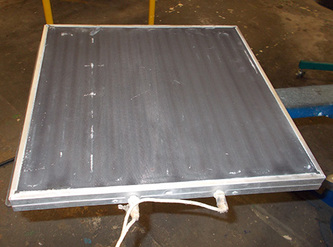
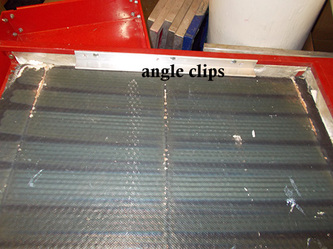
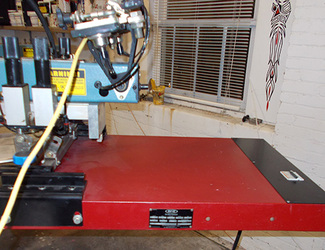
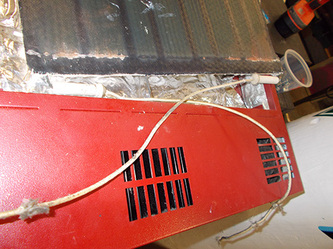
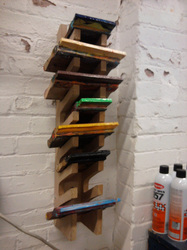
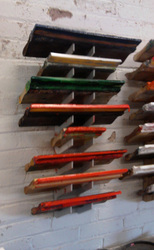
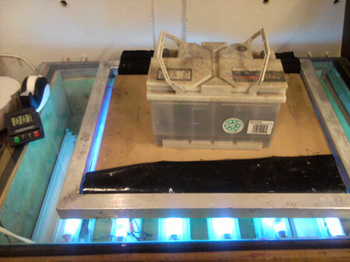
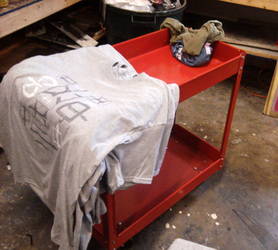
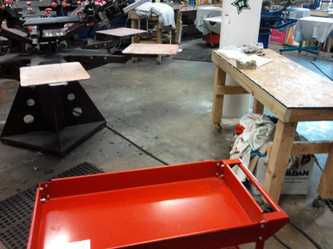

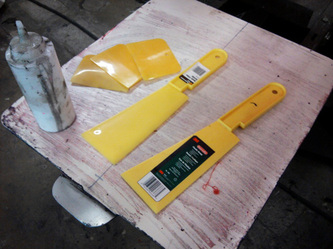
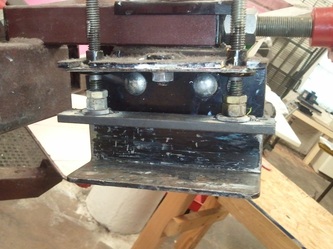
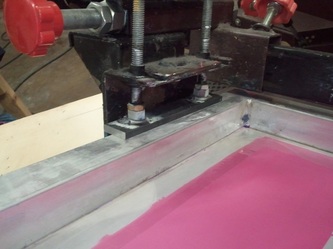
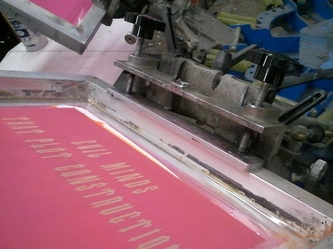
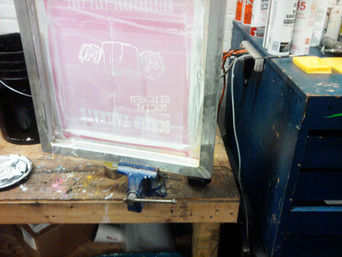
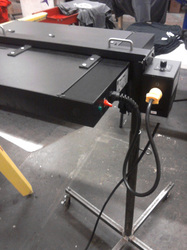
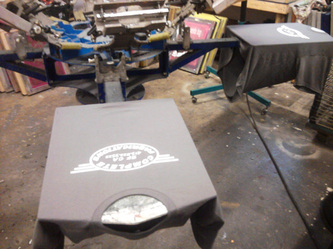
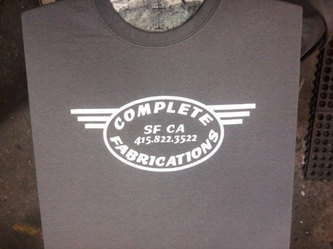
 RSS Feed
RSS Feed
